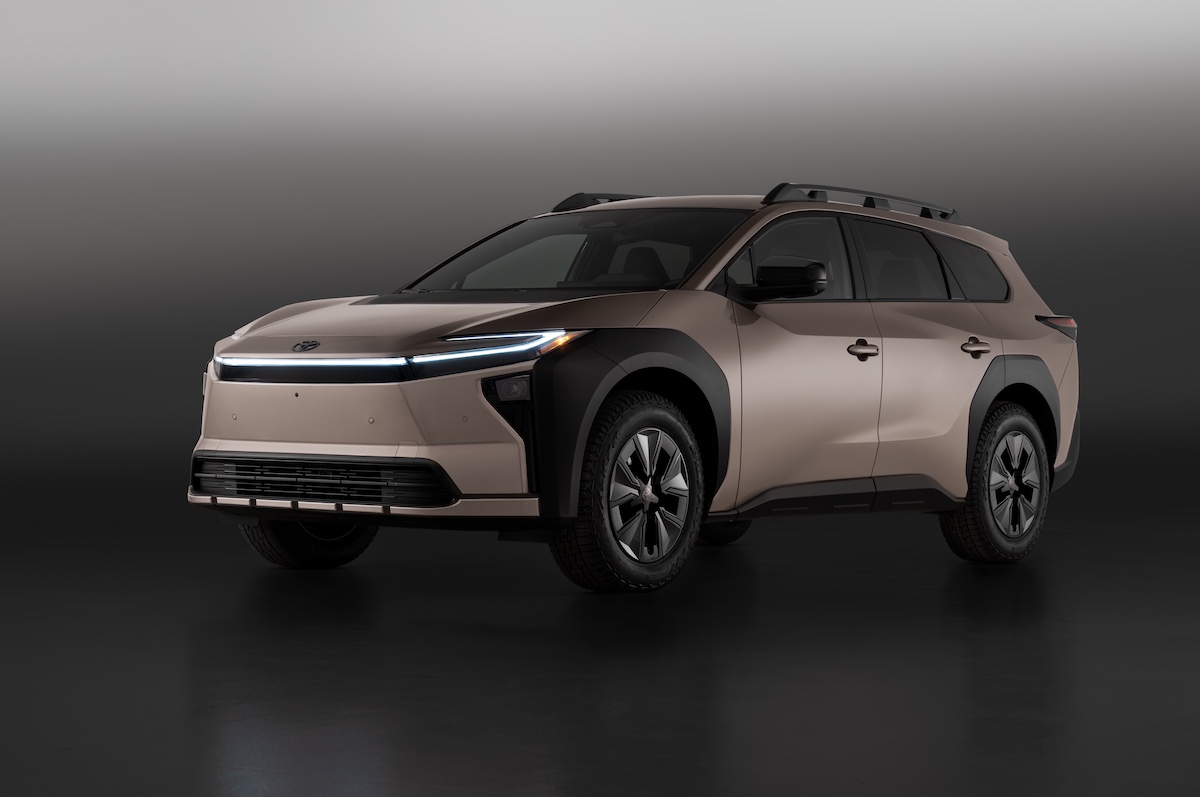Toyota’s new approach centers on the concept of the Software-Defined Vehicle (SDV). In the future, functional upgrades and performance enhancements will rely more heavily on software updates rather than waiting for a new hardware generation to access the latest technologies. During a seven- to nine-year product lifecycle, owners can continue receiving performance optimizations and feature expansions via OTA updates, allowing vehicles to remain competitive even within a longer sales cycle. This also demonstrates Toyota’s shift toward viewing vehicles as long-term products capable of “continuous evolution” on the road, rather than consumable goods that require hardware-based generational changes to stay current.

Supply-demand imbalance is another key factor driving Toyota’s longer model cycles. In recent years, Toyota has experienced strong demand across most global markets, with some vehicle lines temporarily suspending orders due to overwhelming demand. The Land Cruiser has even seen lead times stretch to several years, resulting in some customers receiving their vehicles just as the next generation approaches launch. Extending the sales cycle helps stabilize production rhythms and enables more prospective buyers to secure their vehicles before a redesign, reducing lost opportunities caused by supply shortages.

The extended cycle also reflects Toyota’s adjustments to residual-value management. Generally, as a model approaches a redesign, its wholesale and market values gradually decline. However, Toyota plans to adopt a “case-by-case adjustment” approach based on each model’s sales performance rather than a simple age-based depreciation schedule. If a model continues to sell strongly, its wholesale price could remain firm even late in its lifecycle, helping maintain used-car values despite a longer redesign interval. Although some of Japan’s roughly 230 independently operated Toyota dealerships worry that the change may compress their margins, Toyota has reportedly stated that the average wholesale price over the nine-year cycle will not be reduced, seeking to ease dealer concerns.

Despite lengthened cycles, Toyota says it will still introduce complete full-model redesigns, though less frequently than in the past. These major updates will focus on exterior design, body structure, and selected key technologies, while software updates will maintain freshness and functional evolution between redesigns. In addition, region-specific models for markets such as mainland China will continue to be developed independently based on local demand and will not fully adopt the nine-year cycle strategy.

Looking at broader automotive industry practices, Toyota’s cycle is not the longest. Honda typically undertakes full model changes every six to seven years, some Nissan models can extend to ten years, and Tesla generally follows a three- to five-year refresh rhythm supported by frequent software updates. Several emerging Chinese brands update their models even more quickly, almost approaching the annual iteration pattern of the smartphone industry. Nevertheless, Toyota—one of the largest traditional automakers—has become one of the clearest adopters of the SDV concept by extending hardware cycles while strengthening software-driven innovation.

Overall, Toyota’s decision to extend redesign cycles to nine years reflects multiple transformations facing the automotive industry, including electrification, supply-chain pressures, shifting consumer behavior, and a stronger technology-driven mindset. Longer cycles reduce hardware development costs, enable continuous improvements through software across an extended vehicle lifespan, ease delivery pressures caused by supply shortages, and help maintain residual values through more precise wholesale-price management. For consumers, future Toyota vehicles will accompany users through longer periods with more frequent software upgrades, evolving from fixed-feature products into intelligent platforms that improve over time. For the industry as a whole, Toyota’s strategic shift underscores that software has become the core of automotive value creation rather than a supplementary feature.